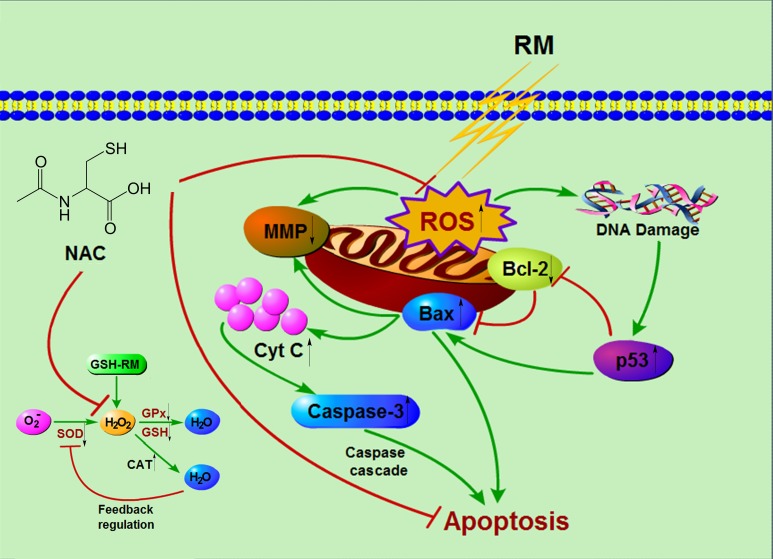Fig 8. A schematic diagram summarizing the redox regulation, the induction of intrinsic mitochondrial apoptosis and rescuing effects of NAC in cells exposed to dental resin monomers (RM).
Dental resin monomers can chemically react with the key non-enzymatic antioxidant GSH and lead to the depletion of intracellular GSH pool. This can subsequently lead to the over-production of ROS, especially H2O2. The depletion of GSH and over-production of H2O2 can induce a decrease in GPx activity and increase in CAT and SOD activity as a result of a feedback regulation. Oxidative stress beyond the capacities of cellular redox regulation causes oxidative DNA damage, which subsequently upregulates the stress sensor p53 and thus triggers intrinsic mitochondrial apoptosis. NAC can alleviate dental monomer-induced oxidative stress and thus protect the cells from apoptosis by scavenging the over-produced ROS, replenishing GSH pool and reacting with the dental resin monomers.

